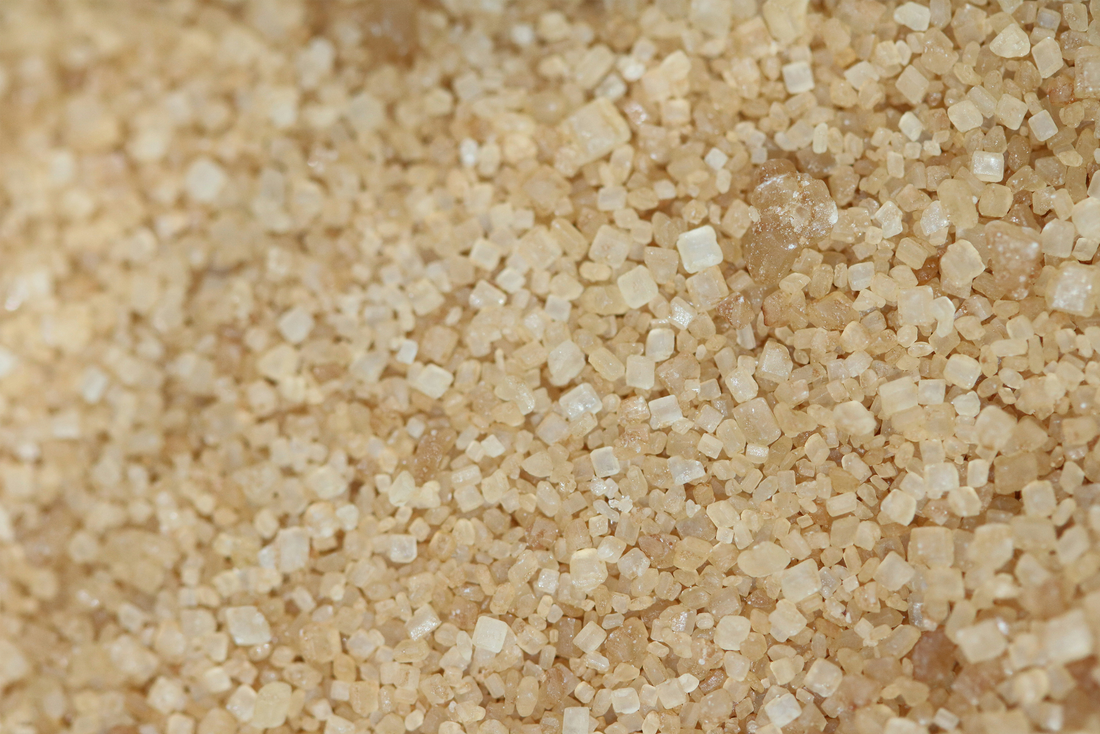
The Art of Exfoliation: A Guide to Glowing Skin
Share
Exfoliation is a key step in any skincare routine that often gets overlooked. When done correctly, exfoliation can help reveal smoother, brighter skin by removing dead cells and promoting cell turnover. However, it's essential to exfoliate with care to avoid irritation and damage. Let's talk about how to do it correctly and how often.
Understanding Exfoliation
Exfoliation involves the removal of dead skin cells on the skin's surface, unveiling a fresh layer underneath. There are two main types of exfoliants: physical exfoliants, which contain gritty particles, and chemical exfoliants, which use acids to dissolve dead skin cells.
Choosing the Right Exfoliant
Selecting the right exfoliant for your skin type is crucial. For sensitive skin, opt for a gentle exfoliant with fine particles or a mild chemical exfoliant like lactic acid. If you have oily or acne-prone skin, consider salicylic acid for its deep-cleaning properties. Dry skin may benefit from a hydrating exfoliant like glycolic acid.
How to Exfoliate
1. Start with a Clean Face: Begin your routine with a gentle cleanser to remove any makeup, dirt, or impurities.
2. Apply Exfoliant: Use a small amount of your chosen exfoliant and apply it evenly to your face, avoiding the eye area.
3. Gentle Circular Motions: If using a physical exfoliant, massage it onto your skin in gentle, circular motions. For chemical exfoliants, simply apply and let the product work its magic.
4. Rinse Thoroughly: After exfoliating, rinse your face with lukewarm water to remove any residue.
How Often to Exfoliate
The frequency of exfoliation depends on your skin type and the product used. Generally, it's recommended to exfoliate 1-3 times a week. Sensitive skin may benefit from once a week, while oily skin can tolerate more frequent exfoliation.
Cautionary Tips
- Avoid over-exfoliating, as it can lead to irritation, redness, and dryness.
- Always use sunscreen, especially after exfoliation, to protect your skin from UV damage.
- Patch test new exfoliants to ensure compatibility with your skin.
Incorporating the right exfoliation routine into your skincare regimen can make a significant difference in achieving a radiant complexion. By understanding your skin's needs and following these tips, you'll be on your way to smoother, healthier skin in no time.
Remember, consistency is key when it comes to skincare. Happy exfoliating!
Understanding Exfoliation
Exfoliation involves the removal of dead skin cells on the skin's surface, unveiling a fresh layer underneath. There are two main types of exfoliants: physical exfoliants, which contain gritty particles, and chemical exfoliants, which use acids to dissolve dead skin cells.
Choosing the Right Exfoliant
Selecting the right exfoliant for your skin type is crucial. For sensitive skin, opt for a gentle exfoliant with fine particles or a mild chemical exfoliant like lactic acid. If you have oily or acne-prone skin, consider salicylic acid for its deep-cleaning properties. Dry skin may benefit from a hydrating exfoliant like glycolic acid.
How to Exfoliate
1. Start with a Clean Face: Begin your routine with a gentle cleanser to remove any makeup, dirt, or impurities.
2. Apply Exfoliant: Use a small amount of your chosen exfoliant and apply it evenly to your face, avoiding the eye area.
3. Gentle Circular Motions: If using a physical exfoliant, massage it onto your skin in gentle, circular motions. For chemical exfoliants, simply apply and let the product work its magic.
4. Rinse Thoroughly: After exfoliating, rinse your face with lukewarm water to remove any residue.
How Often to Exfoliate
The frequency of exfoliation depends on your skin type and the product used. Generally, it's recommended to exfoliate 1-3 times a week. Sensitive skin may benefit from once a week, while oily skin can tolerate more frequent exfoliation.
Cautionary Tips
- Avoid over-exfoliating, as it can lead to irritation, redness, and dryness.
- Always use sunscreen, especially after exfoliation, to protect your skin from UV damage.
- Patch test new exfoliants to ensure compatibility with your skin.
Incorporating the right exfoliation routine into your skincare regimen can make a significant difference in achieving a radiant complexion. By understanding your skin's needs and following these tips, you'll be on your way to smoother, healthier skin in no time.
Remember, consistency is key when it comes to skincare. Happy exfoliating!
